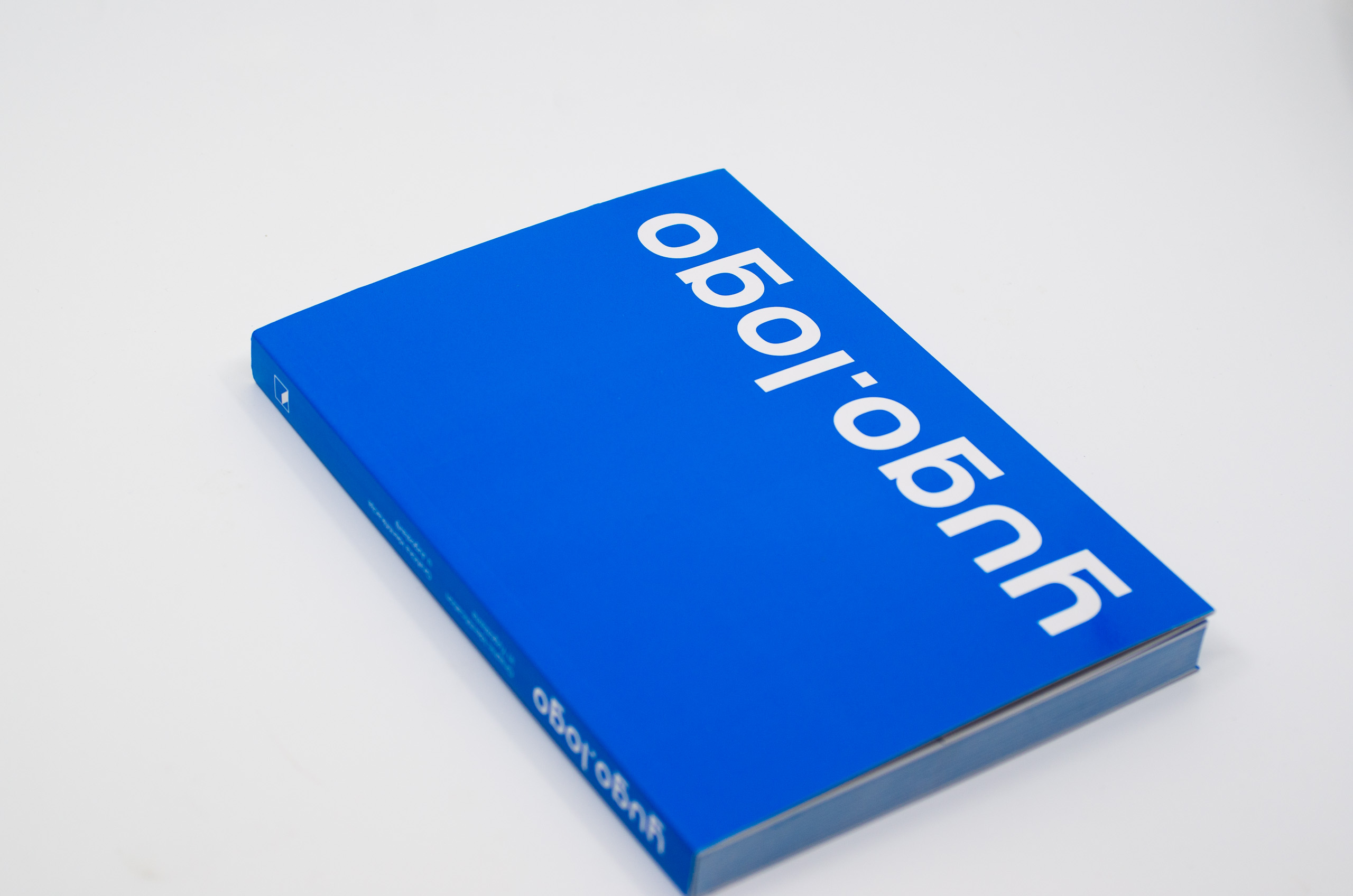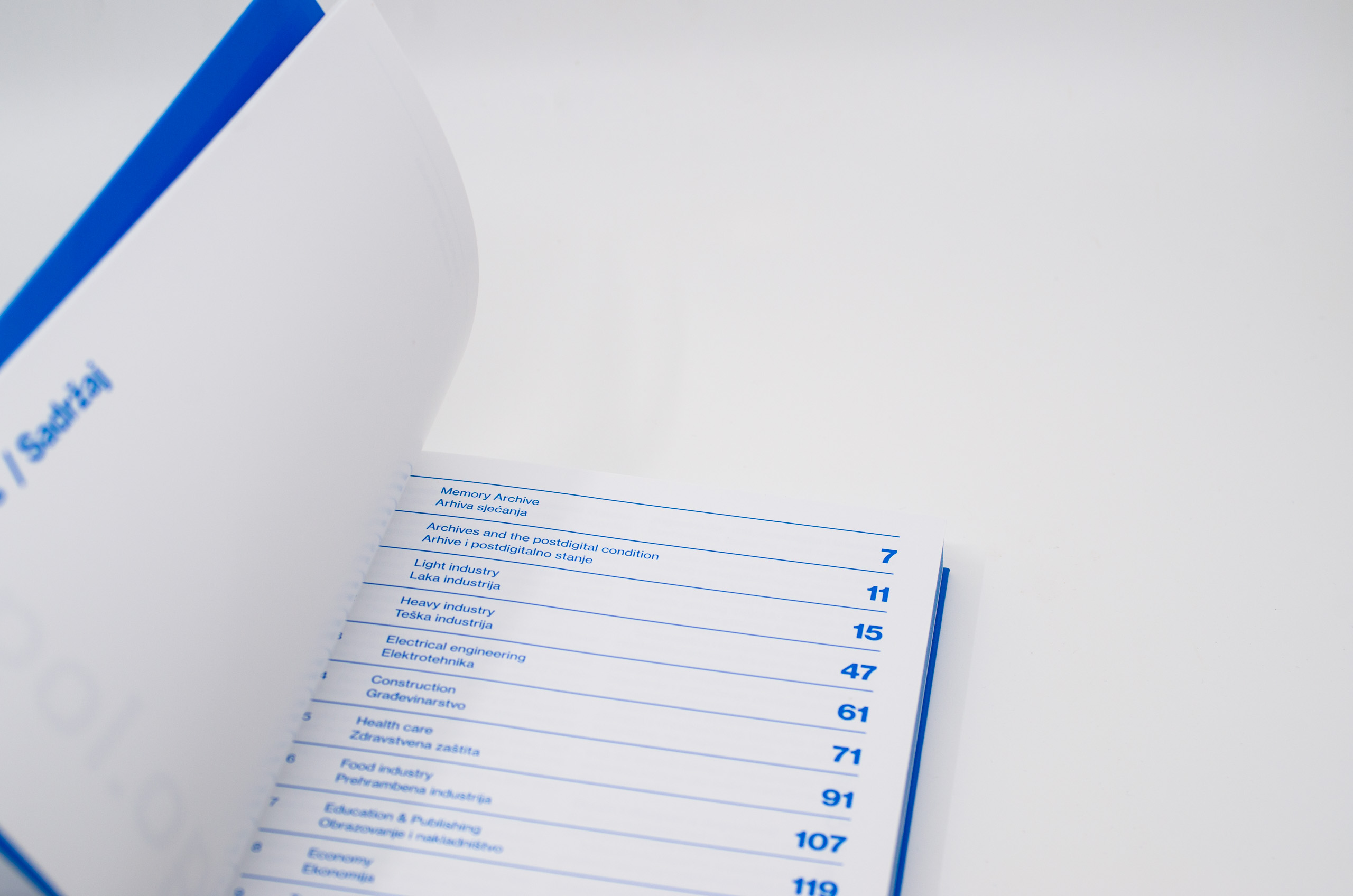Out of stock
Out of stock






- All
- 25fps
- 25fps fest
- abook
- Andro Giunio
- architecture
- Barbara Blasin
- bojan crnić
- boris ljubičić
- BUNDLE
- Damir Bralić
- Damir Gamulin
- Damir Prizmić
- Dejan Dragosavac Ruta
- Dejan Kršić
- device_art
- đkć
- Ex libris
- Extravagant Bodies
- f11
- film/video
- fototxt
- Goran Martin Štimac
- hamper studio
- hdd
- Hrvoje Živčić
- Ivana Borovnjak
- jazz beat
- kontejner
- kvadrati sekunde
- lana grahek
- Marija Juza
- Marko Hrastovec
- Maša Poljanec
- mgc
- Mileusnić+Serdarević
- MKF&AT
- monika džakić
- monograph
- music/sound
- Nedjeljko Špoljar
- niko mihaljević
- Nina Bačun
- oaza books
- oaza&friends
- oaza&sons
- Oleg Šuran
- photography
- politics/theology
- pregled
- prose/poetry
- rafaela dražić
- Roberta Bratović
- Sara Pavleković Preis
- self published
- Šesnić&Turković
- Stanislav Habjan
- Studio Bilić_Müller
- Studio sonda
- sven sorić
- theory
- Tina Ivezić
- touch me
- uha
- uzf
- vizkultura
- art
- design
- illustrated
- history
yugo.logo — Graphic identification in Yugoslavia
⁄some other books
20,00 €









